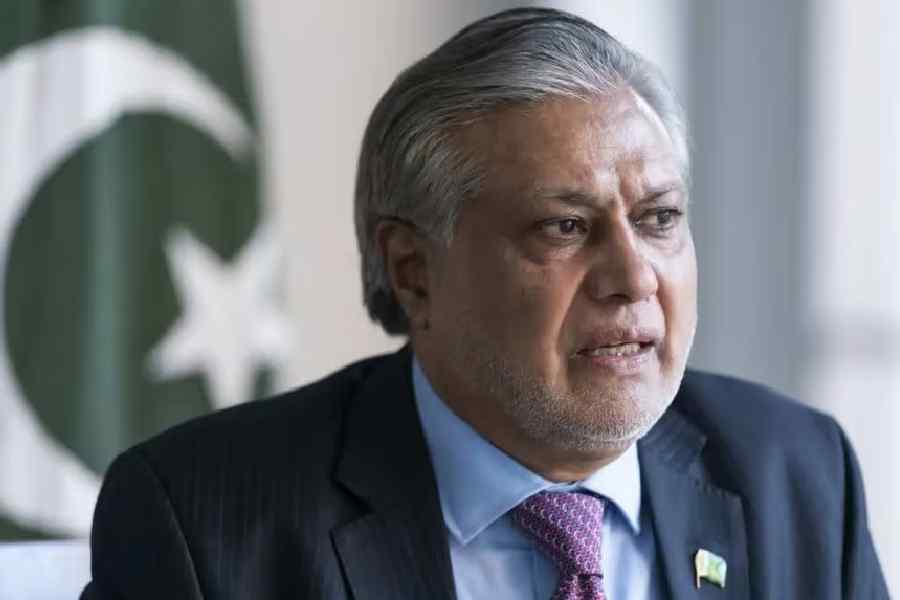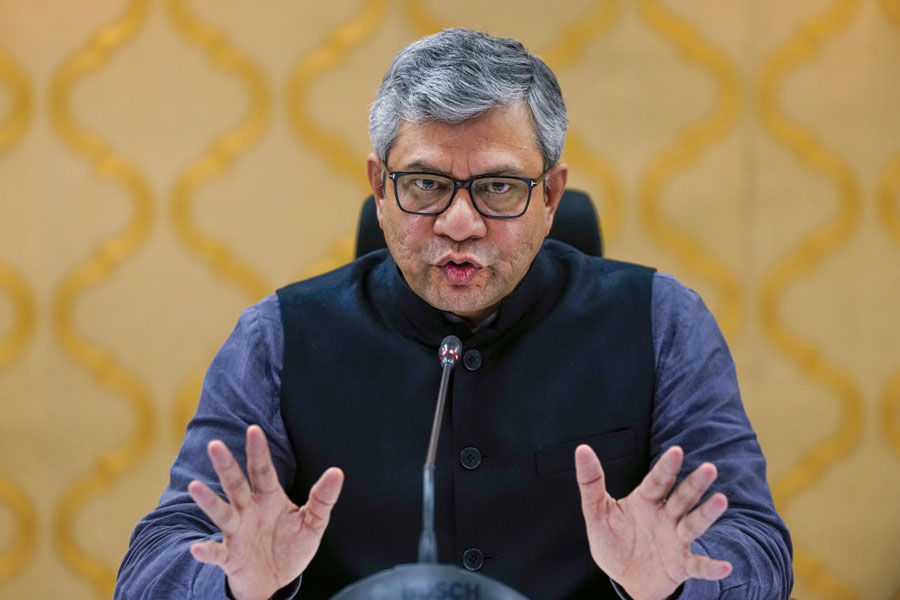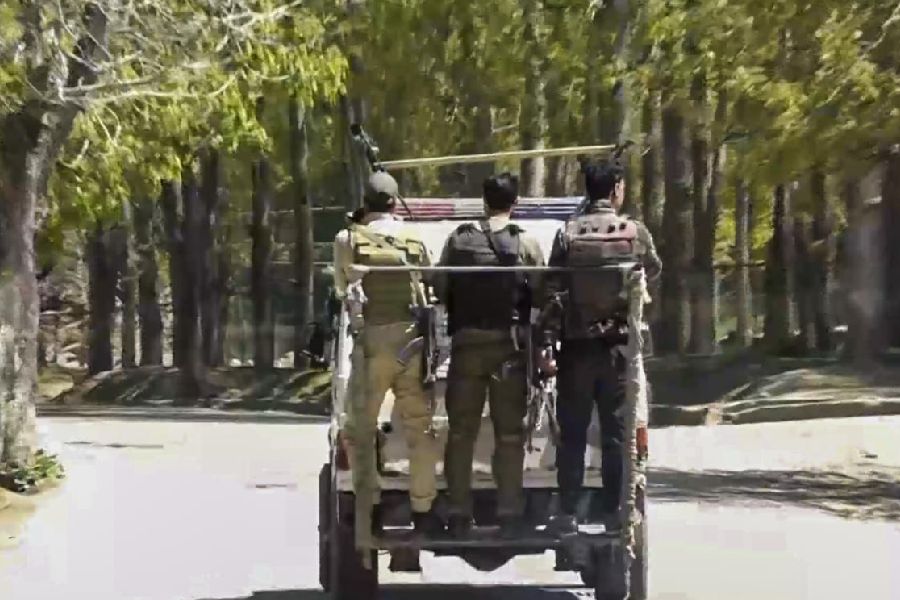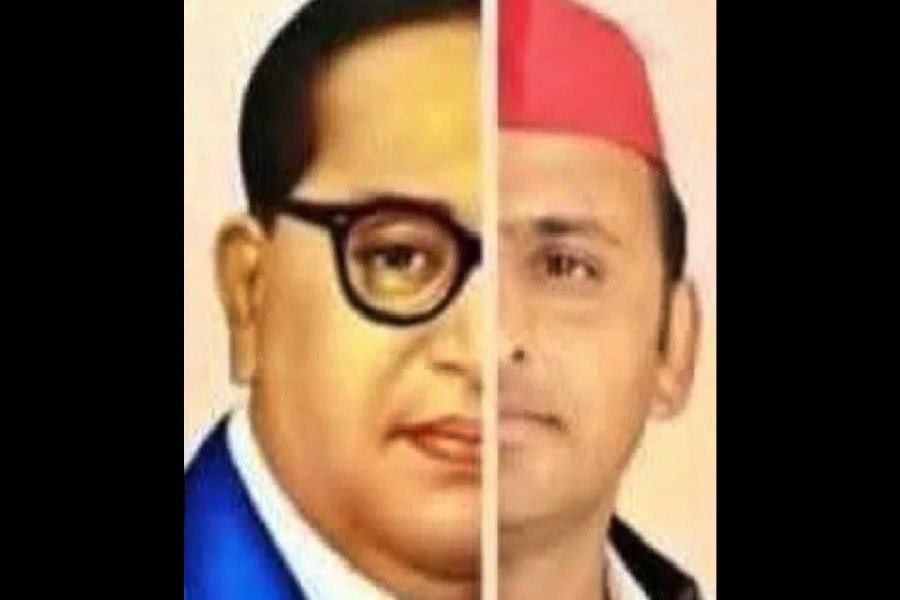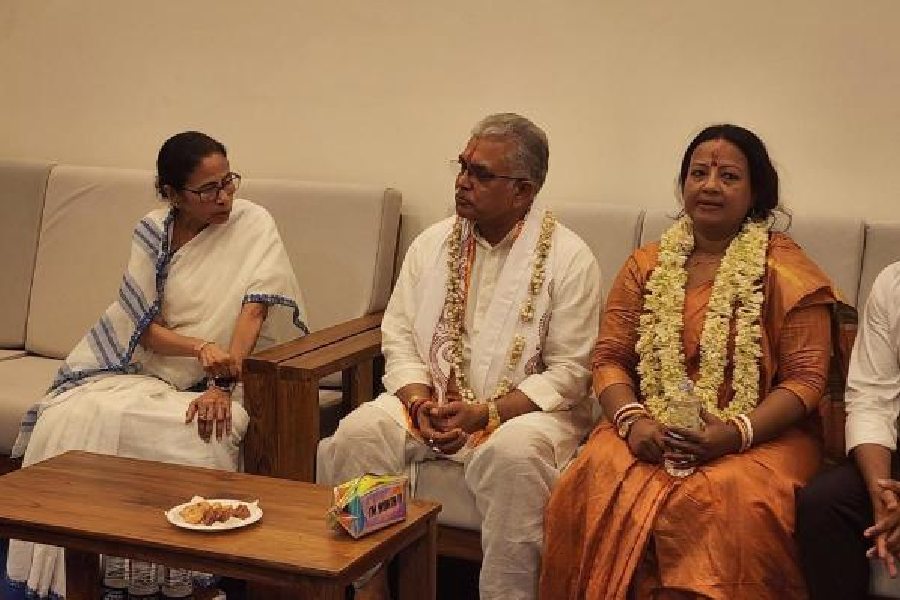 |
| One of the Middleton Row addresses of RCTC |
The Royal Calcutta Turf Club (RCTC) is the only surviving precinct near Park Street that reminds one of the huge wooded parkland that existed around Loreto House and was the garden house of Elijah Impey, the famous Supreme Court judge. In the past, Meghalaya House, adjacent to it, used to belong to the same estate.
The RCTC compound has some beautiful, ancient buildings ? the club house with a pediment and a Russell Street address (10 and 11), and closer to Loreto House are Nos 5 and 6, Middleton Row, two gracious old bungalows with some unique architectural features, that once used to be the residence of RCTC officers.
The compound still has a wealth of precious trees, some that have been there for ages.
In the past few years, Russell Street has witnessed many changes. The building that used to house Mrs Durnford?s School has been demolished. The old Russell Hotel, later the urban land ceiling office, too, has disappeared.
Now RCTC has plans for developing this precinct. A new club house in Palladian style, in keeping with the style of the old club house, along with fountains and other modern amenities, will come up. While the old club house, already labelled a heritage structure, will be retained, the other two bungalows with Middleton Row addresses will disappear.
All these houses of vast but elegant proportions with porte cocheres are of the same architectural style, few of which have survived. The crumbling building in Barasat that used to belong to Warren Hastings was in the same style.
Earlier, when Meghalaya House was being demolished, the Calcutta Municipal Corporation (CMC) intervened and saved it.
Although 5 and 6, Middleton Row do not bear the heritage tag, they have interesting histories as well. These houses, which belong to the late 18th or early 19th Century, were in occupation in 1825. According to Thacker?s Directory, a man named GMK Herman Kisch (1850-1942) occupied it in 1893.
Kisch joined the elite Indian Civil Service in 1873. He eventually became director-general of the Post Office of India and retired as commissioner of the Dacca Division. At the time of his death, he was known as ?the father? of the ICS (A Young Victorian in India: Letters of H.M. Kisch of the Indian Civil Service).
In December 1917, a committee was formed to convene a conference of Anglo-Jewry to consider means of furthering the policy laid down in the Balfour Declaration. The members of the committee were Lord Rothschild, Sir Lionel Abrahams, Sir Stuart Samuel, Sir Adolph Tuck, Dr Chaim Weizmann, Joseph Cowen, H.M. Kisch, A.M.Hyamson, F.H.Harvey Samuel, H.Landau, H.Sacher, N.Sokolow, S.H.Solomon and Marion H.Spielman.
Research can reveal more such interesting details and that the buildings, too, deserve to enter the heritage list.
Little wonder that professional organisations have demanded in writing that even if the new RCTC project has been cleared by the CMC, the full thing should be open to public scrutiny.
A precinct should remain inviolate.


